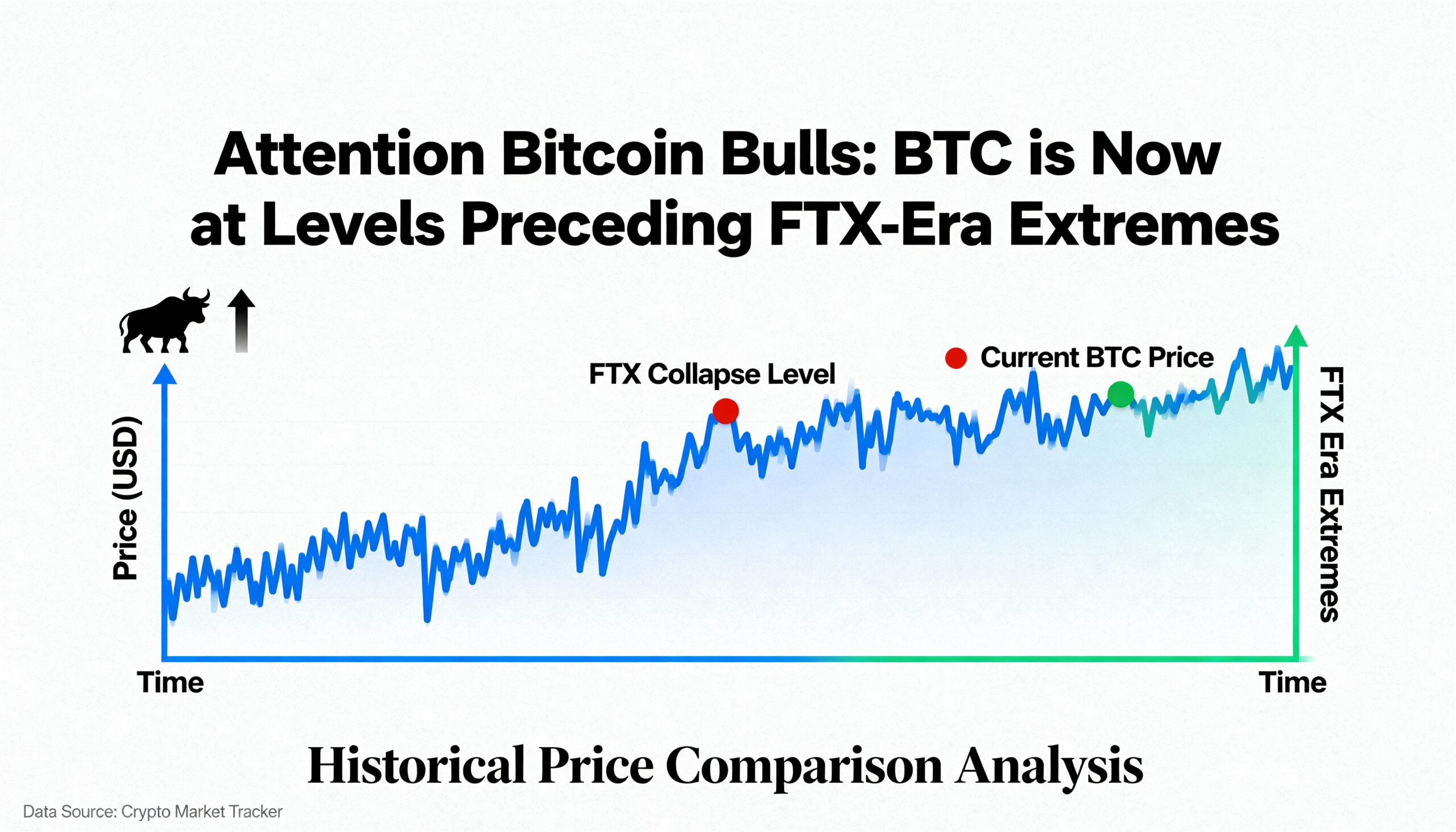Understanding the Breakout and Retest Strategy in Trading
The breakout and retest pattern is deeply rooted in market psychology and investor behavior.
Think about the last time you left for a trip. After locking your door and walking away, you likely turned back to double-check if it was secure before continuing. Financial markets often display similar behavior—when an asset breaks through a key resistance level, it frequently retraces to confirm its strength before continuing its upward trajectory.
Bitcoin’s Pullback: A Retest in Action?
This concept, known as the “breakout and retest play,” is widely observed across asset classes. Bitcoin’s (BTC) recent decline might be a classic example—a healthy retest of the previous resistance-turned-support at $73,757, which was first breached in November.
Bitcoin has fallen more than 15% this month, dropping below $80,000 and testing this critical level. The initial breakout above $73,757 in early November marked the end of a prolonged consolidation period, coinciding with the election victory of pro-crypto U.S. President Donald Trump.
Why Markets Retest Breakout Levels
Markets often revisit breakout points before staging larger rallies, primarily due to investor psychology. Many traders prefer securing profits rather than letting their positions run—a behavior explained by prospect theory. This tendency often causes post-breakout rallies to stall, leading to a retest of the breakout point. Since December, BTC holders have been taking profits near the $100K mark, contributing to the current pullback.
As Bitcoin nears the $73,757 support level, traders who missed the initial rally may see this as an opportunity to buy, reinforcing the support and potentially setting the stage for a new rally. This pattern was evident in Q3 2023 and August-September 2020, both of which led to record highs after successful retests.
The Risk of a Failed Retest
While successful retests often pave the way for major rallies, traders should remain cautious. If Bitcoin fails to hold $73,757 and sees no meaningful bounce, it could signal underlying weakness and trigger a more significant downtrend.
Various financial markets have demonstrated the breakout-retest pattern. For example, Japan’s 10-year government bond yield formed a double-bottom breakout in January 2024, revisited the breakout level multiple times, and then surged to multi-year highs. Similarly, the AUD/USD currency pair fell below a key support trendline in December, briefly retested it earlier this month, and has since suffered sharp losses.
Another notable case is the S&P 500’s performance in early 2019. The index broke through a significant resistance level at 2,800 in February, retraced to test the level in March, and then surged to new all-time highs, reinforcing market confidence and triggering sustained bullish momentum.
Conclusion
Bitcoin traders should closely monitor price action around the $73,757 support level. A strong bounce from this level could confirm it as a foundation for the next major rally. However, a decisive breakdown could indicate a deeper correction.
Understanding these market patterns and behavioral tendencies can provide traders with valuable insights, helping them navigate price movements and capitalize on potential opportunities.





